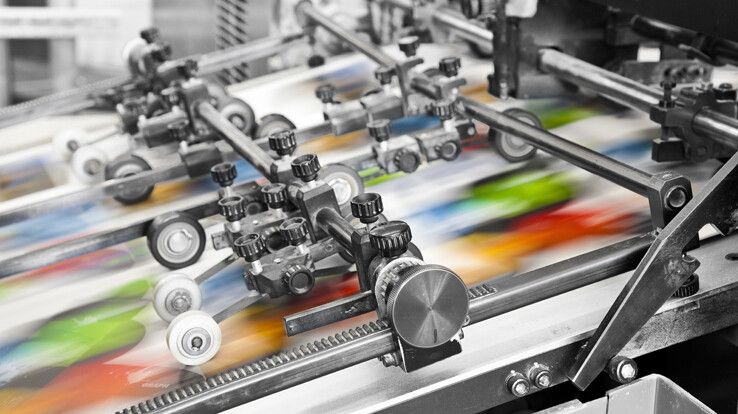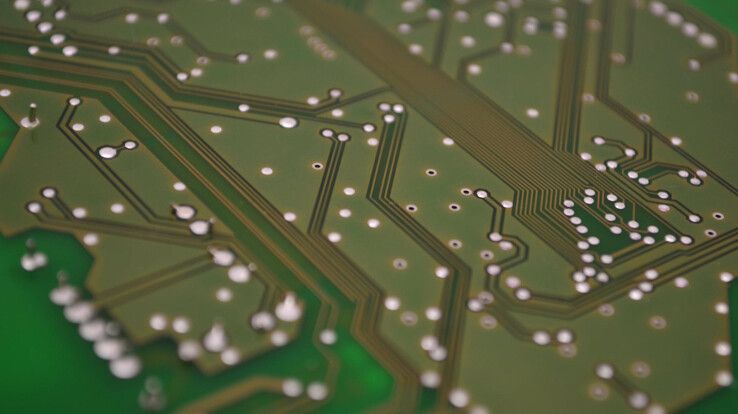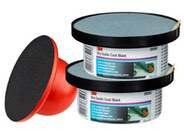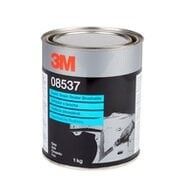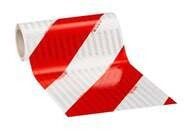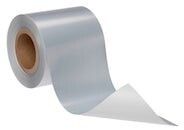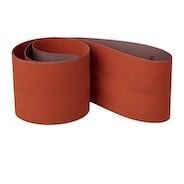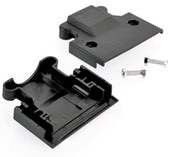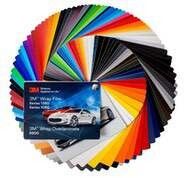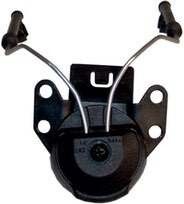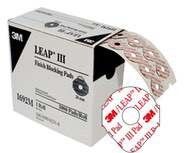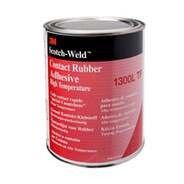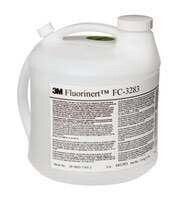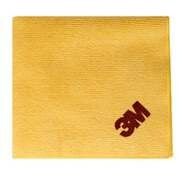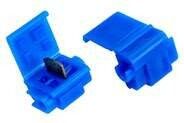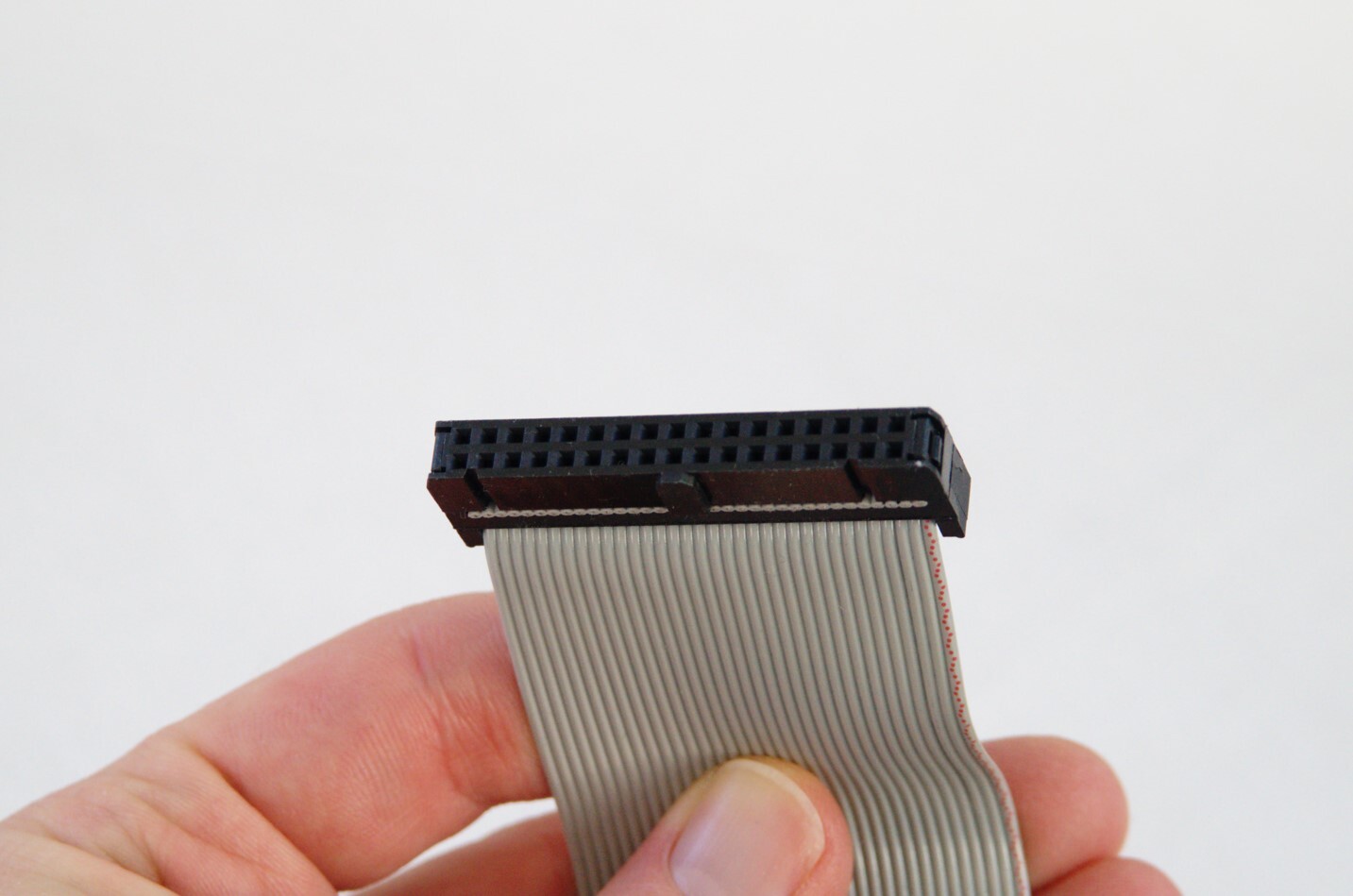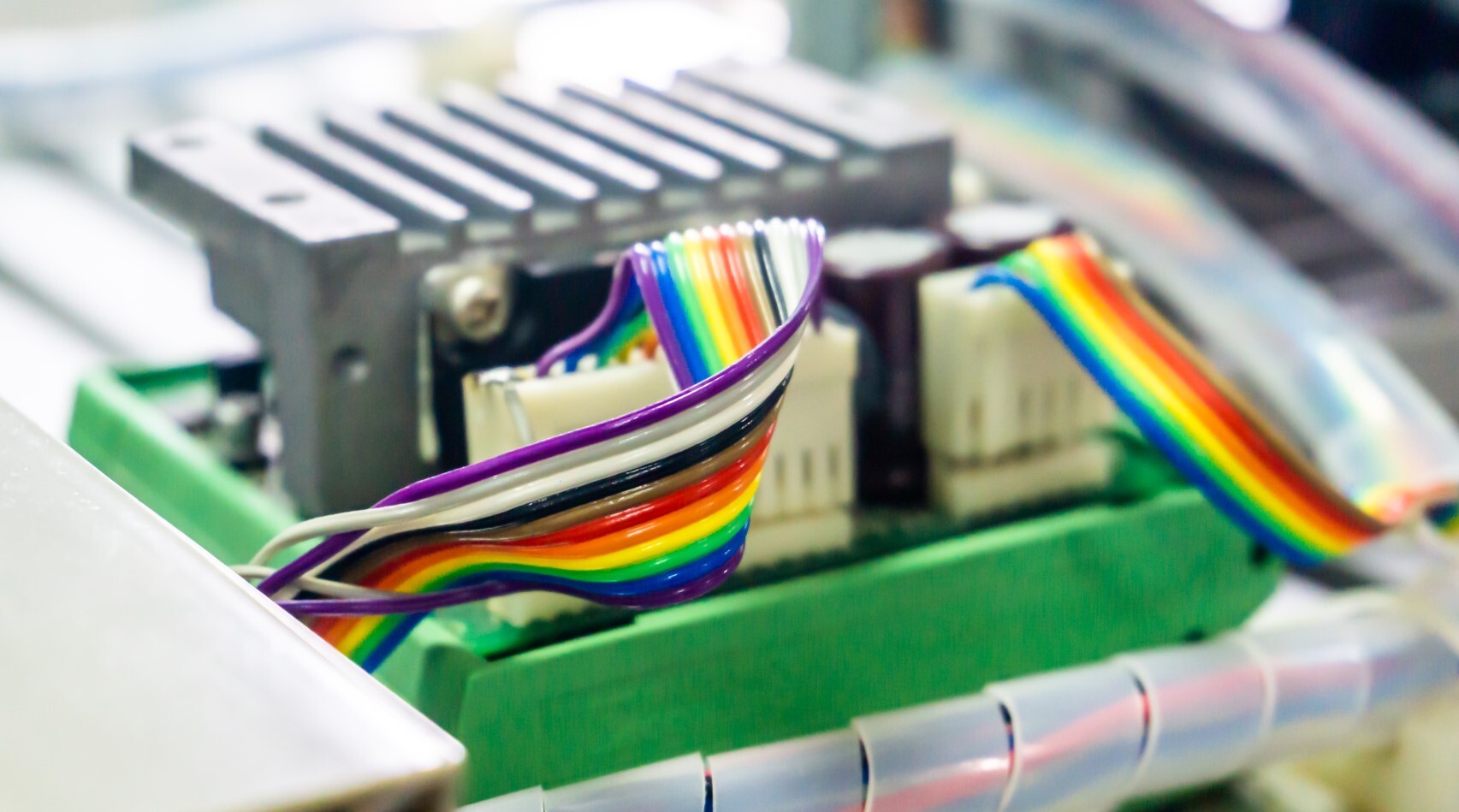Flat cable that connects
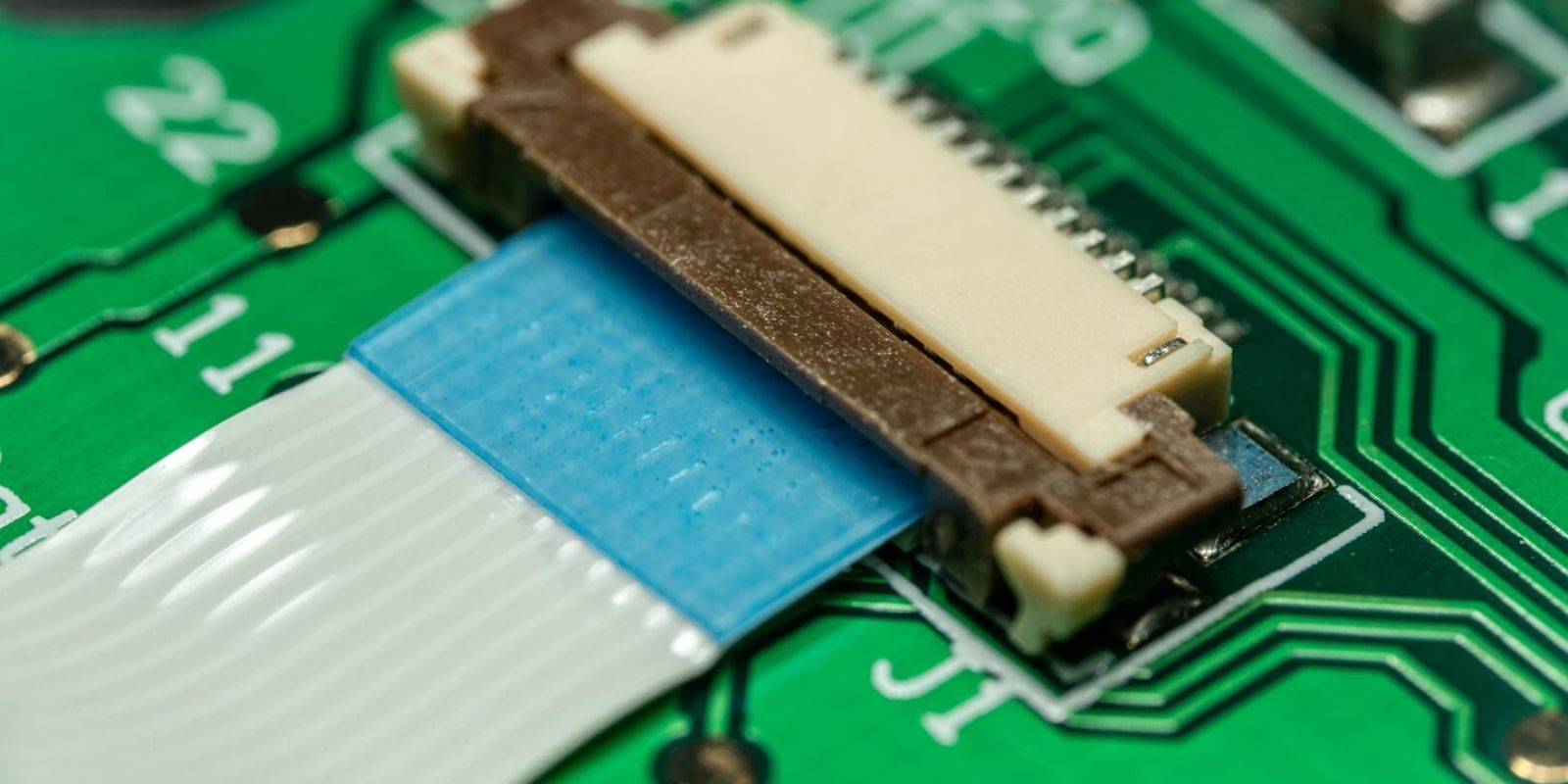

A flat or ribbon cable is a multi-conductor, parallel cable that takes up little space but can still carry a lot of data. What do you need to know about flat cables and their uses? Let’s find out in our new article!
What is a flat cable?
A flat or ribbon cable is a series of wires running in parallel, making it a very efficient transmission tool. It takes up little space and is quite flexible, so it's no wonder it's so popular and widely used. A typical application is in the computer industry: it plays an important role in connecting components. It is commonly used to connect hard disk drives, optical drives and other devices. The flat cable is longer than other types of data cables and has a flat, strip design, so it has a higher data transmission speed.
A flat cable is therefore made up of several strands of wires with a protective sheath around them. The wires are typically not shielded as they do not need to withstand external electrical influences. However, if the data transmission cable has some poles (there are poles in a USB cable or a power cable, for example), these are well-marked with symbols printed on the cable.
What are the advantages of the flat cable?
Flat or ribbon cables have several advantages over other data cables. Let's list the most important ones:
- Higher data transmission speed: flat cable generally has a higher data transmission speed than other types of data cable.
- Connecting multiple devices: allows you to connect multiple devices (e.g. hard disk, optical drive, etc.) to the motherboard. This can be an advantage for those who need large data storage capacity.
- Support for multiple standards: supports ATA, IDE, SCSI and other storage interfaces, which means it can be compatible with a wide range of devices.
- Cost-effective: Generally cheaper than other types of data cables, which can be an advantage for those looking to save and cut costs.
Overall, the flat cable is an efficient and reliable data cable that is widely used in computers and other electronic devices.
Types of flat cables
There are two main types of flat cables: ATA and SCSI. The ATA (Advanced Technology Attachment) flat cable is one of the most common types and is most commonly used to connect hard disks, optical drives and other data storage devices to the motherboard. There are two versions of ATA flat cables: 40-wire and 80-wire, depending on the speed at which you want to transfer data.
SCSI (Small Computer System Interface) flat cables are typically used to connect larger data storage devices such as hard disks or tape drives and are often used in professional and industrial environments. SCSI flat cables have higher data transfer speeds and can connect more devices than ATA flat cables.
There are different types of ATA and SCSI flat cables, some with straight and L-shaped connectors, and some longer and shorter versions.
There are different types of flat cables, for example, 14-way (17.91mmx30m), 16-way (20.45mmx30m), 24-way (30.61mmx30m) and so on.
Colour coding
To prevent reverse switching, flat cables are colour coded. This makes it easier to identify the cables, the connector, easier to install and safer to work with. Data cable colour coding varies depending on the type of data cable, but the most commonly used colours are red (power), blue (command), green (data), white (feedback) and yellow (synchronisation).
It is important to note that the colour codes are not always standard and may differ from the colour codes of other manufacturers' cables.
Use of the flat cable
The flat or ribbon cable is used in many sectors, from the electronics industry to the automotive industry. It is used in computing to connect multiple electronic devices, to provide data transfer between the motherboard and, for example, optical drives and sound cards, it is used to improve audio and video recording, sound and image quality, to move and transfer media files, to connect automotive electronics systems, and last but not least, it is used in automated manufacturing processes, on test and measurement equipment and industrial robots.
Flat cables at Flanker
Flanker offers a wide range of flat cable types and packaging. For example, we have 3M 3801/40 flat cable with a circular cross-section, 3M round shielded/shielded twisted flat cable HF659/26 and 3M flat cable 3365/16SF in 30.48m spools. The use of a special ribbon cable connector is recommended for the connection between the flat cables.
More articles
Flanker Plusz Kft.
Contact Details
Boti Street, 100.


